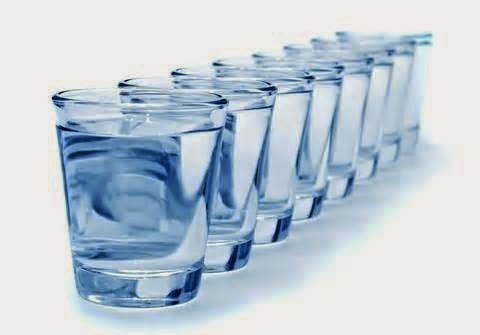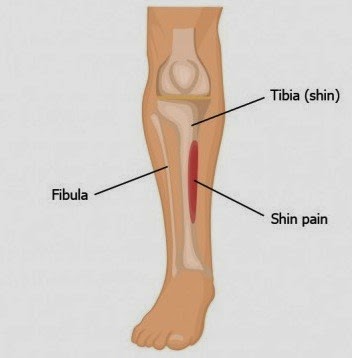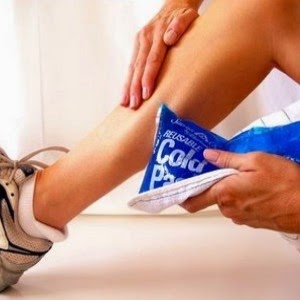Here at the Footcare Clinic, we
often hear people complain of ingrown
toenails. Sometimes they are ingrown, but more often they are 'involuted'.
Involuted nails can be
very painful as the two sides of the nail curl towards each other pressing into
the skin at the edges of the nail. Looking at the nail from the end of the toe,
the nail has a profile similar to a staple, as in the picture below. Sometimes
the curvature of the nail is so great that the tip of the nail curls in a
circle causing the skin to be pinched. They usually they don't break the skin
or become infected but they can become painful due to pressure.
It
doesn't take a wild imagination to understand the problems that nails like this
can cause. The nipping action of the nail makes them feel very tight and any
added pressure on the top of the nail from footwear for example, can cause
friction in the nail sulcus and lead to a build up of hard skin. As hard skin
develops at the nail edges, the amount of pressure increases and this makes the
toes more painful.
Very often, the shape
of the nail increases the total depth of the toe, necessitating a much deeper toebox in
footwear. With insufficient room in the toebox, pressure on the nail causes the
nail plate to thicken up, leading to increased pressure, more hard skin in the
sulcus and even corns. So the circle of events continues.
Some people with involuted nails never have any
problems with them, but the liklihood of the nail pressing on the skin and
becoming sore is much greater than in people with flatter nails.
The problems really
occur when the pain causes people to cut their nails back in an attempt to gain
relief. Sometimes this works, but only for a short period of time. Occasionally
this 'self care' can leave small spikes of nail which can then penetrate the
skin and become embedded, causing an
infection and an ingrown nail, ( onychocryptosis)
With involuted nails,
it is important to cut them straight across the natural line of the nail.
Cutting away at the sides often leads to other problems. It is also important
to ensure there is sufficient depth in the toebox of a shoe, to prevent excessive
downward force on the nail. Professional help is
always advised.
If this becomes a long
standing problem, then a simple procedure known as a Partial Nail Avulsion can
help. This involves removing the side or sides of the offending nail
permanently so that the nail that is left behind is flatter, easier to manage
and has no curved bits to dig into the sides.






